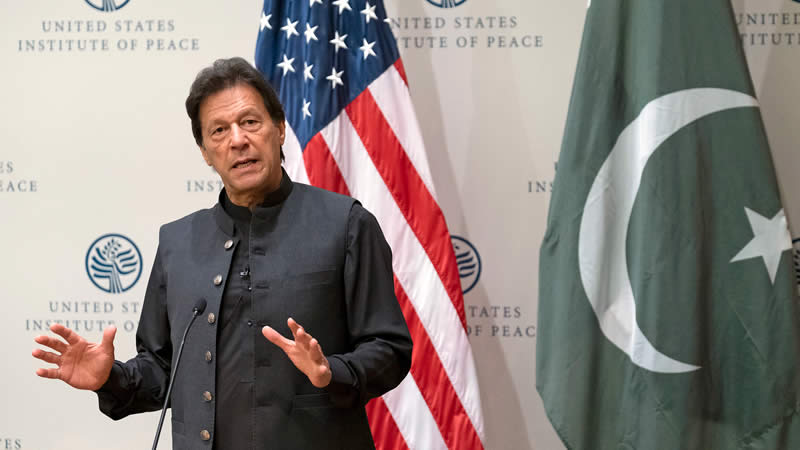 ARIANA: A year after floods swept away homes and livelihoods, survivors of a Taliban uprising are courting fresh disaster in the picturesque Swat valley by refusing to leave for higher ground.It was about 7pm on July 29 last year when Sayed Zamin Khan, 55, lent over his terrace, transfixed as the muddy Swat river swallowed one by one the neighbours’ homes which were built, like the rest of the hamlet of Ariana, beside the water.
ARIANA: A year after floods swept away homes and livelihoods, survivors of a Taliban uprising are courting fresh disaster in the picturesque Swat valley by refusing to leave for higher ground.It was about 7pm on July 29 last year when Sayed Zamin Khan, 55, lent over his terrace, transfixed as the muddy Swat river swallowed one by one the neighbours’ homes which were built, like the rest of the hamlet of Ariana, beside the water.
“It’s OK, it is safe!” he yelled at his nephew Shujat Ali, who stood back, worried, keeping his distance.“Then the ground collapsed and he drowned in the river with part of his house and terrace,” remembered a sad Ali, a 36-year-old shopkeeper with a pale complexion and a mop of ginger hair.There were 45 houses in Ariana before the country’s worst floods left 20 percent of the country underwater last summer, affecting 21 million people.But in less than 24 hours, only two remained, at the back of the village furthest from the water, those owned by Ali and his family.Officials say 150 people died in the Swat valley with 3,000 homes destroyed and 200,000 residents displaced in a mountainous area already struggling to rebuild after a two-year Taliban insurgency.
District commissioner Kamran Rehman Khan is upbeat, telling this agency from the comfort of his office in Mingora, 250 kilometres northwest of Islamabad, that reconstruction work is on track.“Except in the (northern) Kalam area, where we have to rebuild a solid road and put back city power, there are no more big problems. All the work should be finished in six months or a year,” he said. Above all, it is the army that local residents thank.The forces were a godsend for survivors of the 2007-2009 Taliban uprising, sending in 30,000 soldiers and evicting terrorists who beheaded government workers, shut shops and burnt schools to impose their own version of Sharia.
“The presence of the army was a blessing,” said Zahid Khan, head of the Sarhad Rural Support Programme, the largest charity in the area, financed by Western donors such as the United Nations and United States.“Forty-two bridges were destroyed and the army rebuilt them with temporary structures in 35 to 40 days,” he said.“The army helped us a lot,” Khan agreed, even if two years after they declared Swat back under control they have yet to rescind responsibility to civilian administrators.












